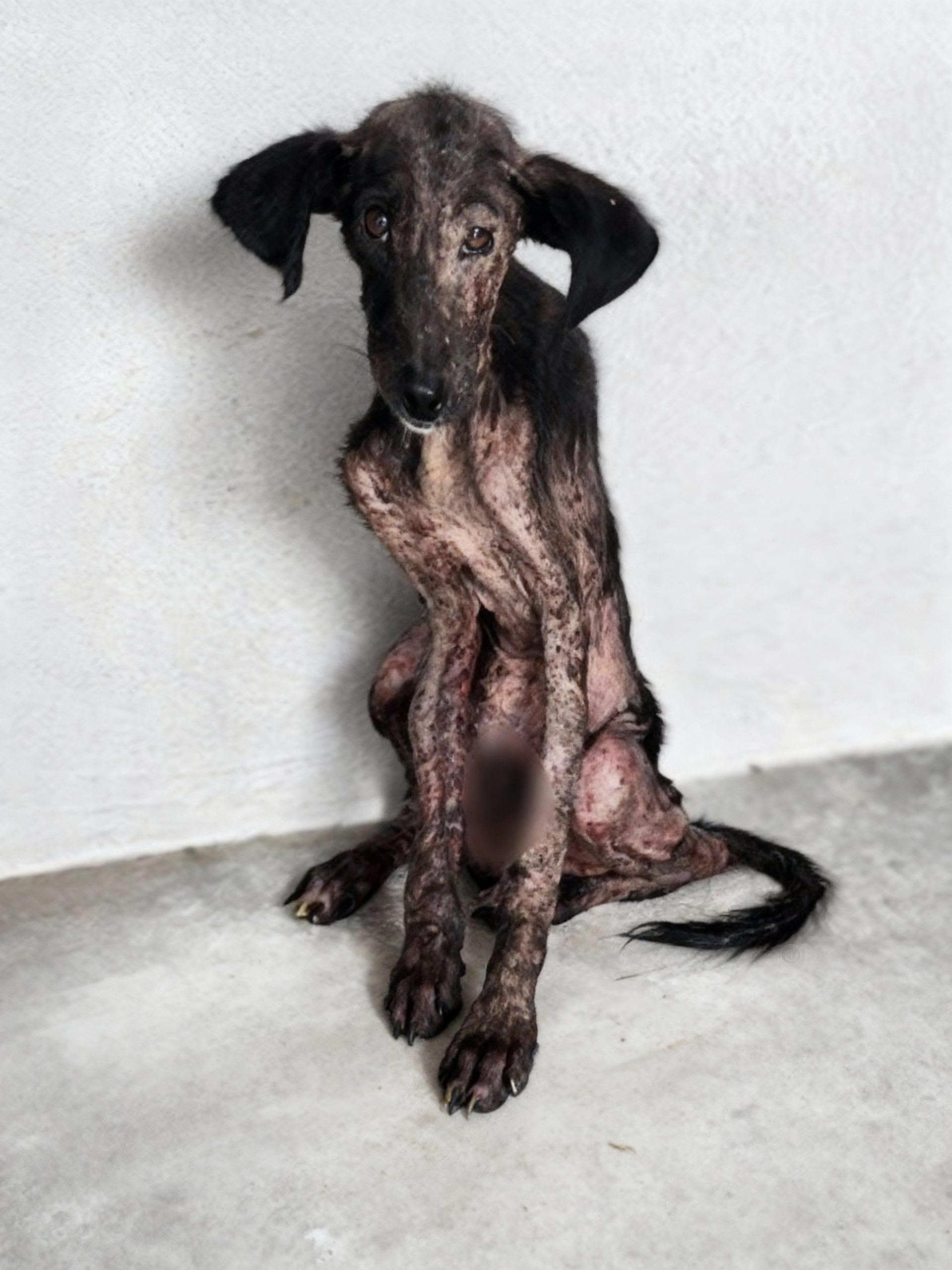The image before you is a stark reminder of a pervasive and heartbreaking issue: animal neglect. It depicts a dog, clearly suffering, its body ravaged by what appears to be severe mange and malnourishment. Its eyes, though filled with a profound sadness, also hold a flicker of resilience, a silent plea for compassion and intervention. This animal’s plight is not an isolated incident but a common tragedy unfolding in countless communities worldwide. Neglect can manifest in various forms, from inadequate food and water to a lack of proper shelter, medical care, and even basic human interaction. The reasons behind such neglect are complex and often multifaceted, ranging from ignorance and financial hardship to deliberate cruelty and systemic failures in animal welfare. Understanding these underlying causes is the first crucial step towards addressing the problem effectively. It requires empathy, education, and a commitment to fostering a society where all living beings are treated with dignity and respect. This article aims to shed light on the realities of animal neglect, explore its causes and consequences, and, most importantly, provide actionable insights on how individuals and communities can contribute to a solution, offering a glimmer of hope to animals like the one pictured.

The consequences of animal neglect extend far beyond the immediate suffering of the individual animal. For the animal itself, the physical toll can include chronic pain, infections, organ damage, and a shortened lifespan. The psychological impact is equally severe, leading to fear, anxiety, aggression, and an inability to trust humans. These behavioral issues can make rehabilitation challenging, sometimes tragically resulting in euthanasia. On a broader societal level, neglected animals can pose public health risks, such as the spread of diseases like rabies and parasites. They can also contribute to overpopulation issues, placing a strain on animal shelters and rescue organizations. Furthermore, the presence of neglected animals in a community can be an indicator of underlying social problems, reflecting a lack of awareness, resources, or even empathy within that community. Addressing animal neglect, therefore, is not just about animal welfare; it’s about fostering a healthier, more compassionate society for everyone.

Reporting suspected cases of animal neglect is a critical first step. Many people hesitate to report, fearing they might be wrong or that they will face repercussions. However, animal welfare organizations and law enforcement agencies rely on community vigilance to identify animals in distress. It is important to know the signs of neglect: extreme thinness, visible injuries, matted fur, untreated skin conditions like the severe mange seen in the initial image, lameness, lack of shelter, or a general appearance of distress and fear. When reporting, provide as much detail as possible, including dates, times, specific observations, and exact locations. Remember, you are often the only voice these animals have. Your timely report could be the difference between prolonged suffering and a chance at recovery and a loving home.

Prevention is ultimately more effective than intervention. Education plays a vital role in preventing animal neglect. Many instances of neglect stem from a lack of understanding about an animal’s basic needs. Educational programs in schools and communities can teach responsible pet ownership, covering topics such as proper nutrition, hygiene, exercise, socialization, and the importance of veterinary care, including vaccinations and spaying/neutering. These programs can also highlight the financial and time commitments involved in caring for a pet, helping potential owners make informed decisions. By raising awareness and promoting a culture of empathy towards animals, we can reduce the likelihood of neglect before it even begins.







